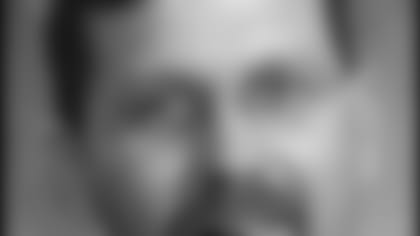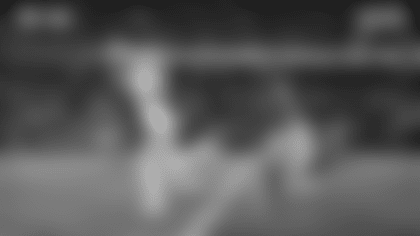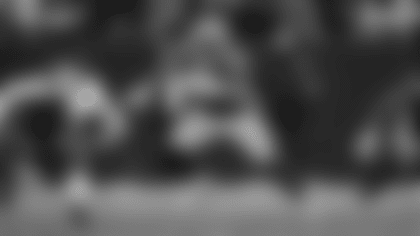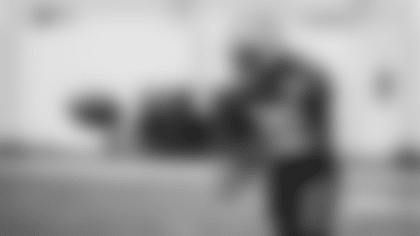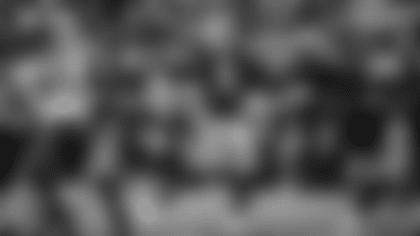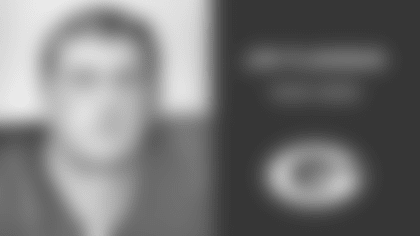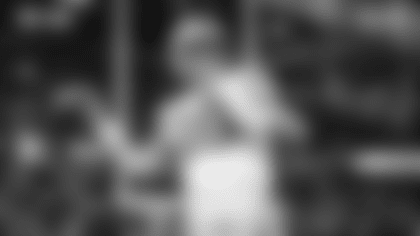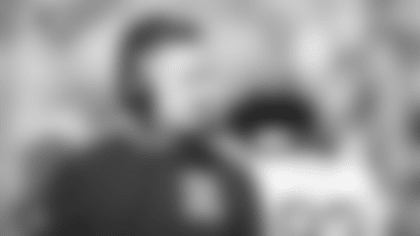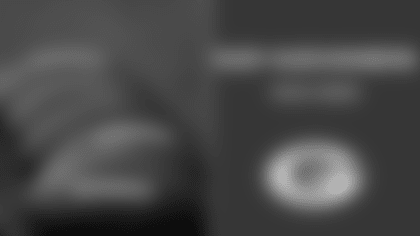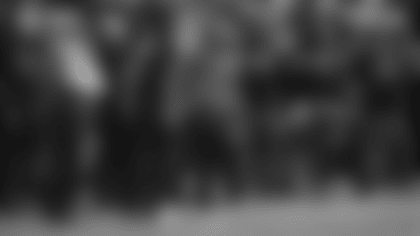The first wave of medical examinations Tuesday officially kicked off the 2003 NFL Scouting Combine in Indianapolis.
Over the rest of this week and into Monday, hundreds of athletes will pass through the RCA Dome to be X-rayed, measured, timed, interviewed and more, all the name of analysis, all in preparation for the 2003 NFL Draft.
The national media will put the event under the spotlight. And with the Combine elongated from five to seven days this year that means 48 extra hours to add to the hype that often seems to skew the purpose of the event.
"The media sometimes send the message that guys can make it or break it at the Combine," said Packers college scouting coordinator Danny Mock. "I just cringe when I hear that."
Make no mistake, the Combine is a big deal. More than 320 athletes will be there, only to be dwarfed by the number of NFL personnel in attendance.
There are 42 representatives from the Packers alone, from GM/Head Coach Mike Sherman and coaches to the scouting crew, to medical staffers, to video director Bob Eckberg.
But the Combine isn't an end-all be-all for draft evaluation.
"It's an invaluable time when you can see everybody all at once and kind of narrow guys down," Mock said, "but it's just one piece of the pie."
The rest of the pie has been coming together in the mixing bowl for months.
From August into December the Packers' scouts visited college campuses across the country, assessing players where it counts: on the football field.
Scouting continued through the bowl schedule and the ever-important senior all-star games, where NFL personnel get to watch players against better competition.
All that 'in-season' analysis led to an exhausting review period in which Packers' staffers evaluated draft-eligible players from 7 a.m. to 7:30 p.m. for 19 consecutive days.
Only then does the Combine enter the picture.
"Because the media and the agents get so involved, and because the season is over and the draft is on the horizon, the Combine has become a high-profile event," Mock said. "All the draft-nicks give guys an arrow up or down depending on if they had a good or bad workout. But the bottom line is that it's not always going to be based on that. It's a matter of, is he a player or not?"
The Combine doesn't usually give a definitive answer to that question, unless to prove that a player is too slow, too weak or too injured to hang with the pros, but it helps in the decision-making.
Although two days longer as a whole, for draft-eligible players attending the Combine the schedule is stretched by only a day.
Players travel through the Combine in four four-day waves, instead of three-day waves as in the past.
Day one for new arrivals starts off with pre-exam X-rays and Cybex testing, which analyzes the strength and balance in the thigh muscles. A dinner and orientation follows, before a three-hour window for in-depth team interviews.
Over an athlete's four-day stay, more than 12 hours will be set aside for individual interviews with prospective NFL teams, which will interview up to 60 players each over the course of the week.
Day two begins with a physical and a recording of each player's measureables (height, weight, arm length, hand span, etc.). Athletes are then given a 15-minute taped interview that will be circulated to all the NFL teams.
Before the day is over players are tested in the bench press and take the Wonderlic exam, which is like a short version of the SAT.
The third day is made up of meetings and profile testing.
Day four is for the workout, which consists of the 40-, 20- and 10-yard dashes, the shuttle run, broad jump, vertical leap and position drills. (Many are expecting sprint times to be lower than in past years, thanks to an extra day of rest after Cybex testing.)
Official data from the Combine will be compiled onto CDs and sent to all 32 NFL teams, but the Packers won't wait for that. The staff will be spread out over the facilities, interviewing players, recording times and collecting information.
When the Combine ends the Packers will move into the last phase of draft preparation that they like to call "March Madness."
From the last week of February into mid-April, scouts and coaches are sent all over the country to get a second look at some players and to see others who didn't attend the Combine, or didn't participate due to injury.
Mock said players who don't attend the Combine are at no automatic disadvantage to the ones that do, but admitted that it is helpful for NFL crews to see the players in similar conditions.
"Guys don't have anything to hide if they have confidence in their ability," Mock said, pointing out that players can go through another workout at their school if displeased with their showing this week.
Those results -- a 40 time, for example -- are easily rewritten. Where the Combine is irreplaceable is in the efficiency of the medical screenings.
"That's the main reason they began the Combine," Mock said. "There's no way we could fly in 323 players to get probed and poked and X-rayed."
Especially when considering the cost factor.
"I think the figure we had is that it comes to about $200 per player that it costs us," Mock said. "That's including airfare, three nights in a hotel, unlimited amounts of X-rays, MRIs, blood tests, and then the rent of the RCA Dome and the Crown Plaza. That's a pretty good deal.
"The Combine makes for a lot of long days, but a lot gets done."
Of course, not as much as has been done already.
NFL Scouting Combine Position Groups:
Group 1 (Feb. 18-21) Offensive Line, Punters & Kickers
Group 2 (Feb. 19-22) Running Backs, Defensive Line
Group 3 (Feb. 20-23) Quarterbacks, Wide Outs, Tight Ends
Group 4 (Feb. 21-24) Linebackers, Defensive Backs


